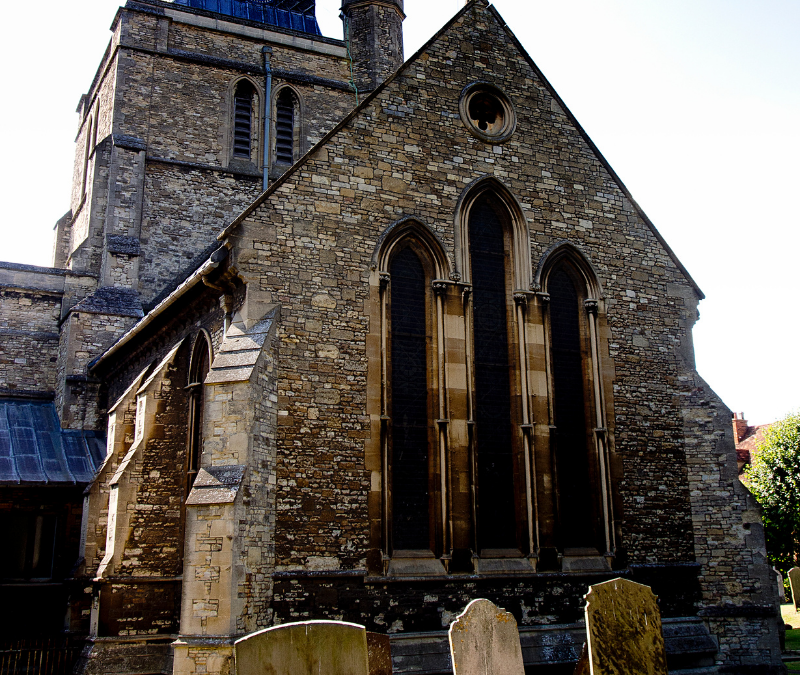In an effort to become more energy efficient, churches are starting to use solar panels as well as LED lights. The goal is to reduce operating costs while also reducing the amount of carbon emissions from power plants.
Churches in the North West are being encouraged to consider energy efficiency and renewable energy in a new guide published by Churches Together in Britain and Ireland.
Churches in the North West are being encouraged to consider energy efficiency and renewable energy.
The Energy Saving Guide for Parishes explains ways that parish churches can reduce their energy consumption and generate their own renewable electricity to cut costs.
With many churches facing financial challenges, it is hoped that the guide will help them to find out about options for reducing their power bills through simple adjustments such as installing low-energy light bulbs, draught-proofing doors and windows or insulating lofts.
This includes installing insulation, solar panels and biomass boilers.
Churches can also install insulation and solar panels in order to reduce their energy consumption. Installing insulation is a good way to reduce heat loss from the building, which means that less heating and cooling is required, therefore reducing the amount of energy used. Solar panels can be used to generate electricity for your church, meaning that you are using renewable resources rather than non-renewable sources like coal or gas. Biomass boilers can be installed as well; these use woodchips or pellets as fuel sources, which again are renewable resources compared to fossil fuels such as coal or gas.
Churches should be using renewable energy in order to cut costs and save money.
In recent years, many churches have been installing solar panels on their roofs. This is because solar power can help reduce the amount of money that they spend on electricity. These systems are also great for the environment, since they do not produce any harmful emissions or waste products. It’s important to note that this technology can be used by all kinds of organizations (not just religious groups), so it’s not uncommon for schools and businesses to switch over as well!
Conclusion
We think that this guide is a great way for churches to be more energy efficient and save money. We hope that it helps you on your journey towards becoming more environmentally friendly!



Recent Comments